.webp)
A saddening tribute to the Indian Armed Forces, valour, sacrifice and rich combat background, especially their adventures in Rajasthan’s challenging desert terrain – Jaisalmer War Museum. Located on the Jodhpur Highway, approximately 10 km from the Golden City of Jaisalmer, this museum is a must-visit for anyone interested in understanding the unprecedented role Indian troops have played in national security.
History of Jaisalmer War Museum
A huge respect for the war heroes of the country, especially in the western theatre, gave rise to the Jaisalmer War Museum. Lieutenant General Bobby Mathews, AVSM, VSM, General Officer Commanding, Desert Corps, gave the idea that was further executed by the Indian Army’s Desert Corps.
Jaisalmer was chosen as the location due to its significant historical value as a battle site, most prominently as the location of the famous Battle of Longewala in the 1971 Indo-Pakistan War. The museum was specifically created to honor the warriors of this pivotal battle, a small band of Indian troops who fought off a huge armoured invasion of Pakistan.
On August 24, 2015, Lieutenant General Ashok Singh, PVSM, AVSM, SM, VSM, ADC, General Officer Commanding-in-Chief, Southern Command, Indian Army, officially dedicated the museum to the country and opened it to the public. Its role as a memorial and learning center for India’s military achievements was doubly finalized when its inauguration occurred in the Golden Jubilee Commemoration Year of the 1965 India-Pakistan War.
The museum was established with the prime objective of raising public consciousness of the martyrdom of the gallant men and women of the Indian Army in general and the whole of the Armed Forces in general, and the Armed Forces in general, and of collecting and showcasing India’s rich military history.
Architectural Layout of Jaisalmer War Museum
The interior of the museum was designed with utmost care to offer an interactive and educational experience that would allow travellers to connect to the reality of war and the strategies adopted by the Indian Army. Here are some of its major attractions –
Indian Army Hall is an area devoted to provide illustration of the Indian Army’s overall history and particular conflicts. The 1948 Indo-Pakistan War, the 1962 Sino-Indian War, the 1965 Indo-Pakistan War and the 1999 Kargil War are only a few of the many conflicts it covers.
Laungewala Hall is dedicated exclusively to the great Battle of Longewala 1971, possibly the most crucial part. It all recreates the buildup of the battle in terms of photographs, instructional sand model and detailed 3D birds-eye view models.
Audio-Visual Hall is a special room that regularly screens short movies and documentaries, like one that details the happenings and bravery of the Battle of Longewala. It offers visitors an energetic and engaging means of comprehending the severity and significance of the military operations.
Victory Path is a striking outdoor exhibition of heavy military machinery on the grounds of the museum. Also known as the Vijay Path, has an intimidating group of tanks, artillery guns, old war vehicles and war remnants.
Honour Wall is a sacred space that is a memorial building with the Param Vir Chakra and Maha Vir Chakra, the highest gallantry awards of India.
The Light and Sound Show during the evenings (most likely from 6:30 PM to 7:30 PM, is another feature that graphically narrates stories of martial glory and the glorious history of the Indian Armed Forces.
Timings and Entry Fees:
The Jaisalmer War Museum is available every day during normal business hours and is meant to be accessible to all members of the general population.
Timings: 9:00 AM to 6:00 PM, seven days a week.
Entry Fee:
Indian National Adults – 10/-* to 25/-* per person
Indian Students: 5/-* per person
Foreign Adults: 50/-* per person
Foreign National Students: 25/-* per person
Having a still or video camera on the property typically involves an additional charge. The Light and Sound Show and the screening of the Audio-Visual Hall may also have an extra modest change. It is a highly inclusive cultural and historical site due to its low cost.
Best time to visit Jaisalmer War Museum
The winter season from October to March is the best time to visit the Jaisalmer War Museum and the city of Jaisalmer as a whole.
Winter (October – March) is are peak tourist season. The weather in these months is quite comfortable, with the temperatures during the day going from a pleasant 10 degree Celsius to 27 degree Celsius. The sunny and cool weather is perfect for sightseeing, exploring the outdoor displays of the museum and overall making the visit comfortable.
Summer (April – August) is dominated by intensely hot and dry weather, with temperatures frequently reaching well into the 40 degree Celsius to 48 degree Celsius.
Monsoon (July – September) brings very little rain during these months. While days are hot and sometimes sticky, the weather is less oppressive than it would be at the peak of summer.
An early morning visit in the winter months is highly recommended if you wish to enjoy the museum and the large outdoor exhibits to the fullest without the intense heat of the sun. Plan a visit to include the evening Light and Sound Show for a complete experience.
Places to visit near Jaisalmer War Museum:
Jaisalmer Fort is a 10 to 12 km site from the museum, one of the largest intact fortified cities in the world, a UNESCO World Heritage Site. Due to its golden hue during sunset and the fact that it is built of yellow sandstone, Jaisalmer is also known as the Golden City.
Havelis of Jaisalmer like Patwon ki Haveli, Nathmalji ki Haveli, and Salim Singh ki Haveli are known for its intricate construction, facades and detailed stone carvings. They offer a glimpse into the rich lifestyle of wealthy merchants.
Gadisar Lake is enclosed with a few temples and shrines, a peaceful man-made lake built in the 14th century. It is a peaceful spot for boat cruises, bird watching and watching the sunset.
Sam Sand Dunes is about 42 to 45 kms from the city, ideal for desert outings like night camping, camel safaris and jeep safaris, also entail stargazing, traditional dance and music shows.
The Tanot Mata Temple is famous for having miraculously survived the 1971 war.
Bada Bagh is widely famous for witnessing sunsets and is an incredible historical site.
Kuldhara Village is approximately 18 kms away, a mysterious abandoned village, famous for the legend that its people vanished overnight.
Conclusion –
The Jaisalmer War Museum is a travel destination for every patriotic Indian and an interesting learning experience for tourists from across the globe. It accurately relates the tale of India’s steadfast military heritage, emphasizing the savagery of desert fighting and the extraordinary courage shown by its armed forces, especially during the most decisive Indo-Pak War.

Gulab Bagh And Zoo, Udaipur
.webp)
Bagore ki Haveli, Udaipur
.webp)
Eklingji Temple, Udaipur
.webp)
Bada Bagh, Jaisalmer
.webp)
Patwon ki Haveli Jaisalmer
.webp)
Jaisalmer War Museum
.webp)
Nathmal ji ki Haveli Jaisalmer
.webp)
Gadsisar Lake Jaisalmer
.webp)
Sisodia Rani ka Bagh Jaipur

Sisodia Rani ka Bagh Jaipur

Gadsisar Lake Jaisalmer

Nathmal ji ki Haveli Jaisalmer
.webp)
Desert Festival Jaisalmer – Music, Dance & Culture
.webp)
Rajasthan Festival Calendar: Your Guide to Celebrations
.webp)
A Food Lover’s Guide to Rajasthan: What to Eat & Where
.webp)
Forts & Palaces of Rajasthan You Cannot Miss
.webp)
National Parks and Wildlife Sanctuaries in Rajasthan
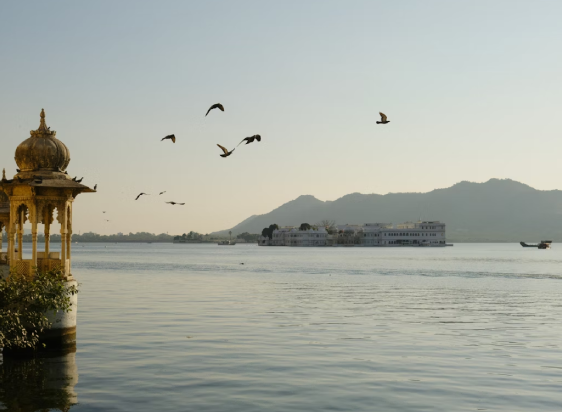
City Palace Udaipur Travel Guide: Timings, Tickets, History & Photography Spots
.webp)
Explore India’s Heritage in 3 Days: Golden Triangle Tour Itinerary

Golden Triangle Tour: 4 Days of History, Culture, and Adventure
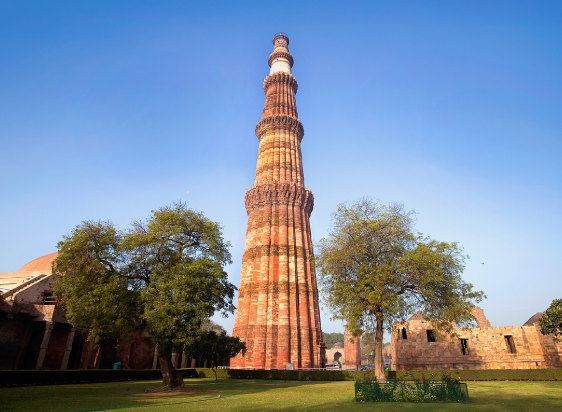
Maximize Your Experience: 5-Day Golden Triangle Tour Package Highlights
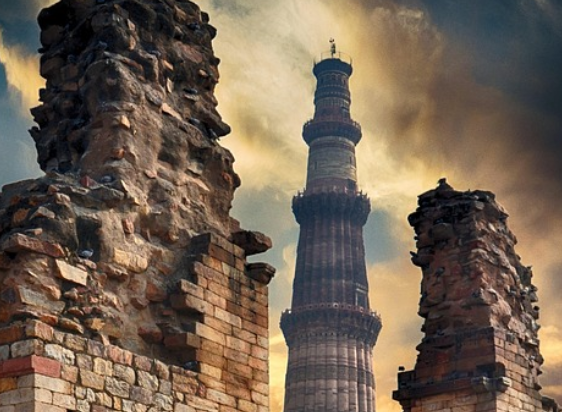
The Ultimate 6-Day Golden Triangle Tour: From Monuments to Markets
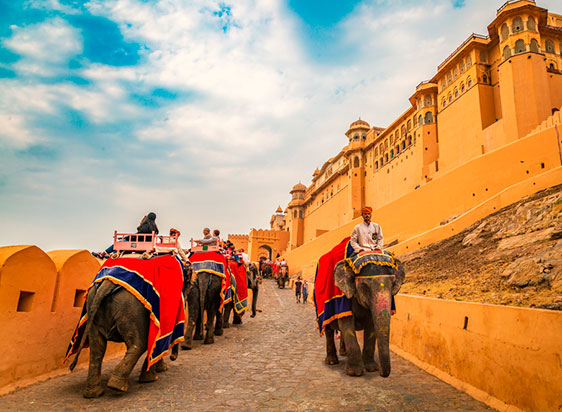
10 must-see places in Jaipur
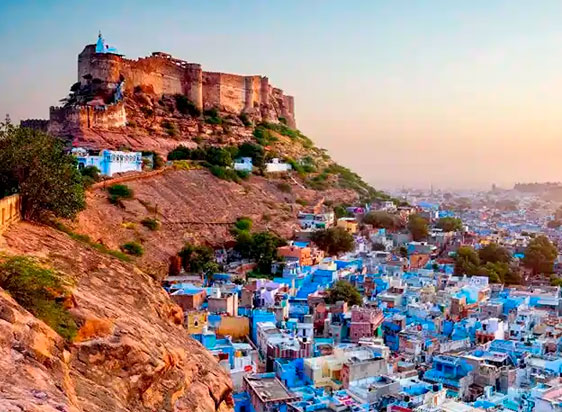
10 must-see places in Jodhpur
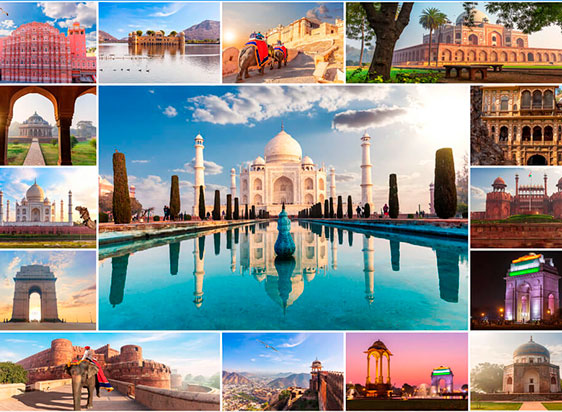
10 Must-See Places in India

10 must-see places in Jaisalmer
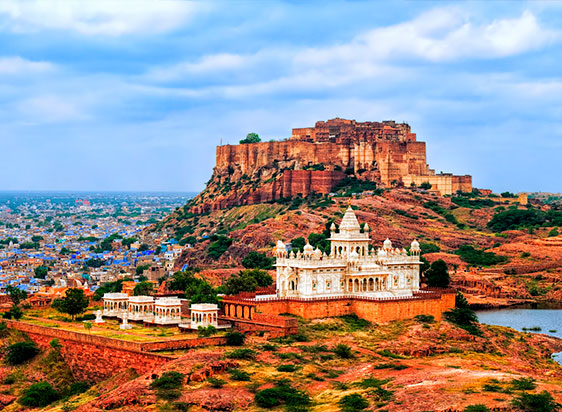
10 must-see places in Rajasthan
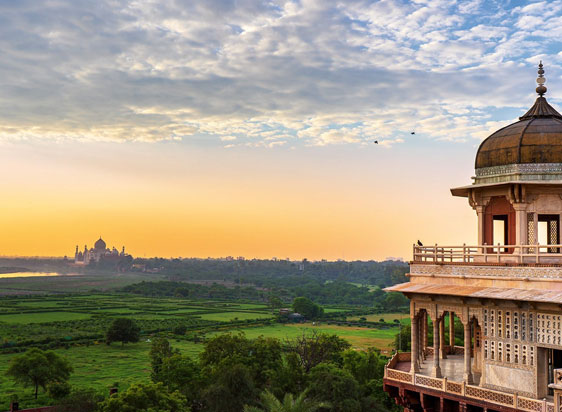
How to Reach Agra?
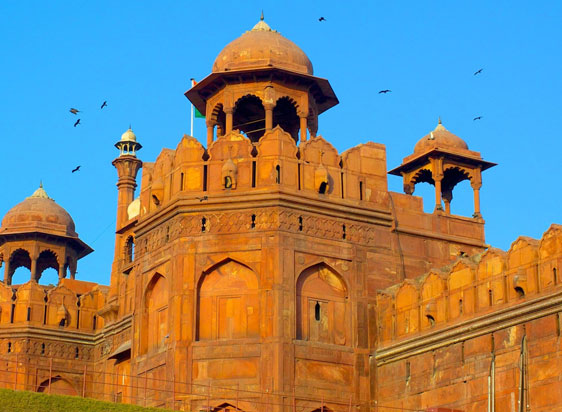
How to Reach Delhi?

How to Reach Jaisalmer?

How to Reach Udaipur?

How to Reach Jaipur?

Char Dham Yatra: A Journey of Faith and Spiritual Awakening in Uttarakhand

Places To Visit in Jaipur with Family
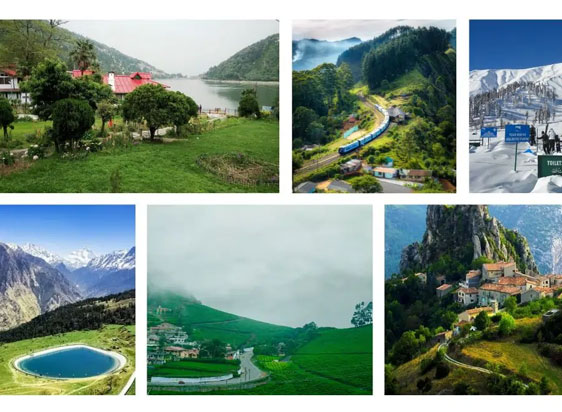
10 Hill Stations In India- Location, History, Timings, Images

India Gate Delhi – Location, History, Timings, Entry Fee, Images
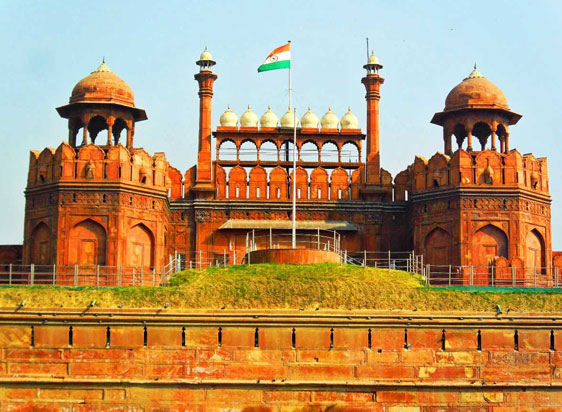
Red Fort – Old Delhi, Facts, Timings, History, Location

Golden Triangle Tour of Luxury and Budget-Friendly

Best Time to Visit the Golden Triangle: Seasonal Travel Guide

Akshardham Temple Delhi Timings, History, Entry Fee, Images, Aarti, Location & Phone Number

Best Ranthambore Tour Packages Itinerary

Best Jaisalmer Tour Packages Itinerary

Best Udaipur Tour Packages Itinerary

Best Jaipur Tour Packages Itinerary

Best Rajasthan Tour Packages Itinerary

How to pick the right India tour packages?

All India Tour Packages Cost: Exploring the Riches of Incredible India

Rajasthan Festivals Tour Guide

A Complete Travel Guide to Jaipur for IIFA 2025

IIFA 2025 Jaipur: Celebrating 25 Glorious Years of Indian Cinema / IIFA Awards 2025 Date, Venue, Tickets, Host, Transportation

Taj Lake Palace Udaipur

Eklingji Temple, Udaipur

Bagore ki Haveli, Udaipur

Most Popular Dishes to Try in North India Tour

Ranthambore National Park Safari

Moti Doongri Ganesh Temple Jaipur

Jawahar Kala Kendra Jaipur
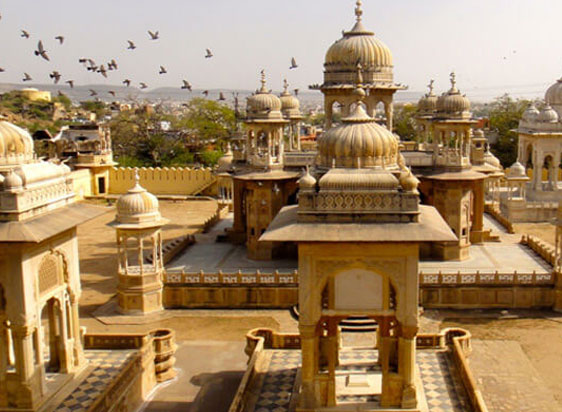
Gatore Ki Chhatriyan Jaipur – Entry Fee, Timing, Location

Albert Hall Museum Jaipur

Panna Meena ka Kund Jaipur
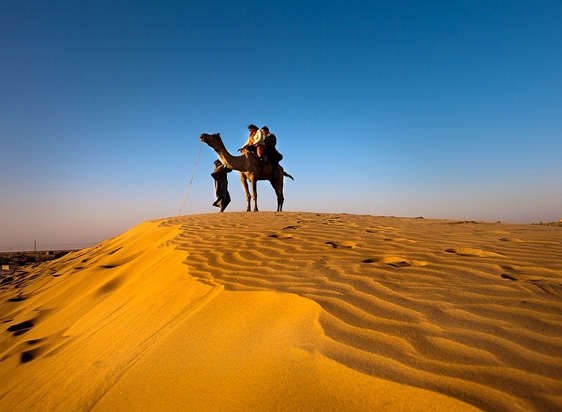
How to Book a Tour Guide in Jaisalmer?

How to Book a Tour Guide in Ajmer Pushkar?
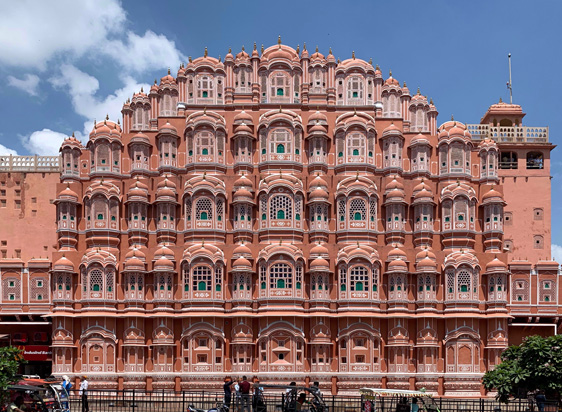
How to Book a Tour Guide in Jaipur?
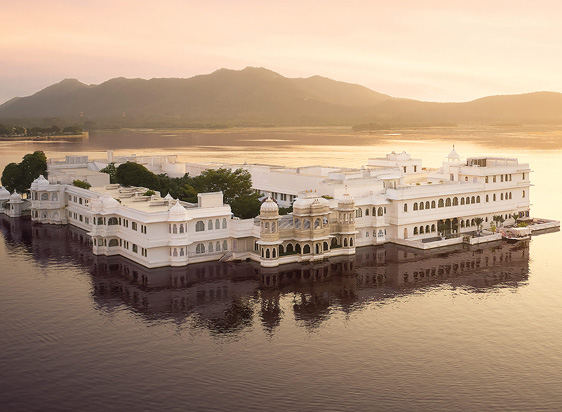
How to Book a Tour Guide in Udaipur?

How to Book a Tour Guide in Rajasthan?

Female tourist guide in Jaipur

Jaipur Solo Trip Package

These 7 spots will tell you why Rajasthan is the perfect spot for Glamping

7 Unforgettable Road Trips of Rajasthan

Film Shoot Locations in Jaipur

Jaipur Zoo Garden – Timings, Entry & Tickets Prices, and Things to See
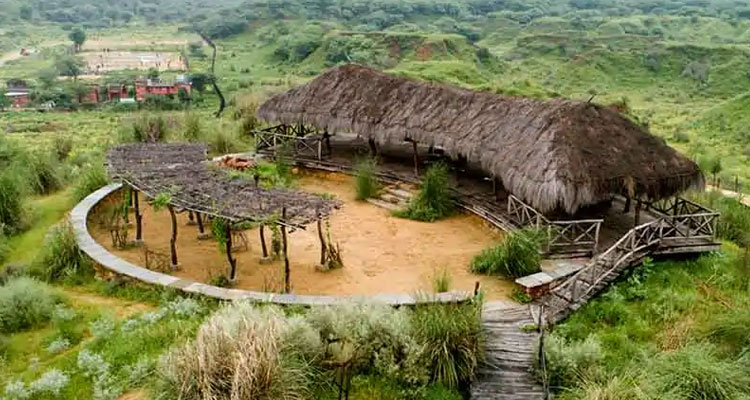
Kishan Bagh Jaipur – Entry Fee, Timings, Location

Jaipur Tourism: All you need to know

Johari Bazaar Jaipur: A Must-Visit Shopping Place

Chandra Mahal Jaipur

6 Exhilarating Road Trips From Jaipur That’ll Invoke Your Wanderlust Soul

Jaisalmer Nightlife: What To Do And See In The Golden City After Dusk Falls

Places To Visit in Udaipur At Night

Top 10 Winter Honeymoon Destinations in Rajasthan to Make Memories with Your Loved Ones

10 Best New Year Destinations in Rajasthan

Nahargarh Fort Jaipur – History, Architecture, Timing, Entry Fee, Attractions, Lesser-Known Facts

Tips for Solo Female Travelers in Rajasthan

Discover the Unseen Places in Rajasthan

Best Monsoon Tour Packages of Rajasthan

12 Reasons Why I Absolutely Loved Rajasthan

Rajasthan Cultural Holidays

Best One Day Trips in Rajasthan

Birla Mandir Jaipur – History, Architecture, Timing, Entry Fee, Attractions, Lesser-Known Facts
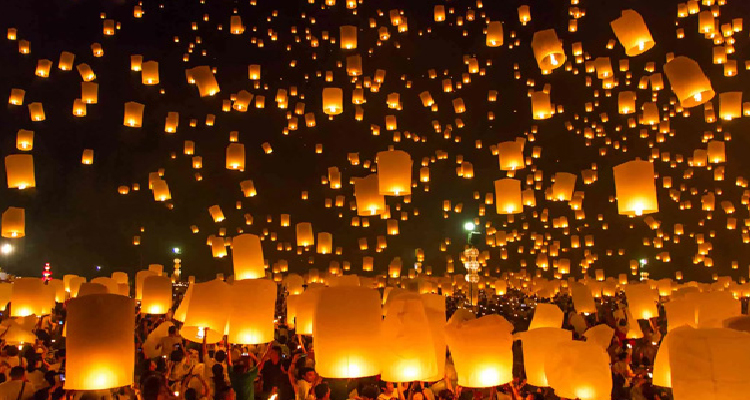
Top 7 Destinations in India to Celebrate New Year 2024

Jaipur Travel Tips
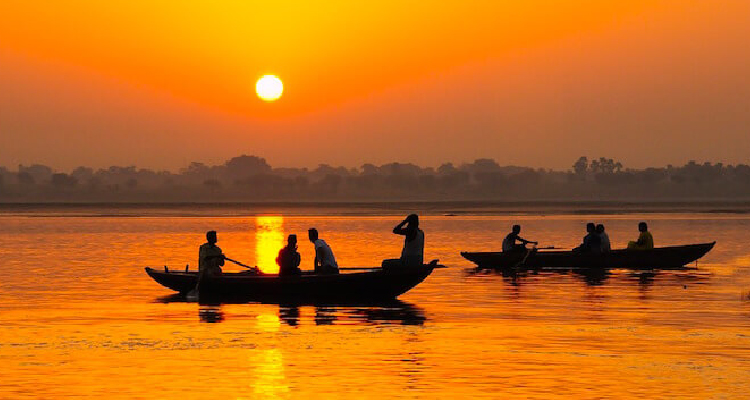
7 Amazing Things to Do and See in India in 2023-24
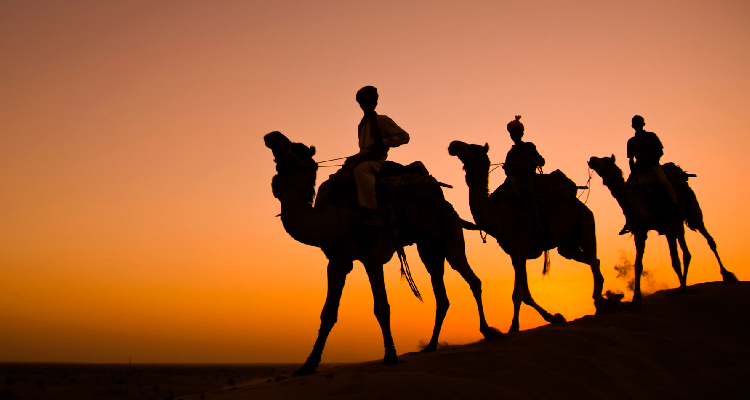
The Ideal Rajasthan Itinerary

Places to visit near Jaipur for 2 days

India's Top 10 UNESCO WORLD heritage sites

Royal Experiences in India to Make You Feel Like Maharajas in 2023-24
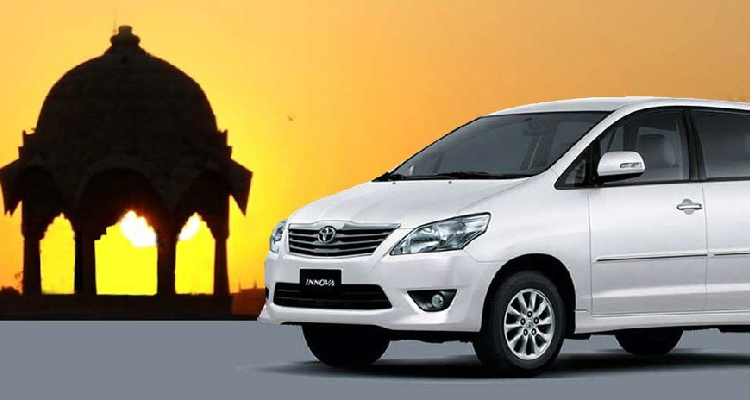
Jaipur Tour by Private Car and Driver

Luxury Travel India: Explore the best Luxury India Tour in one go
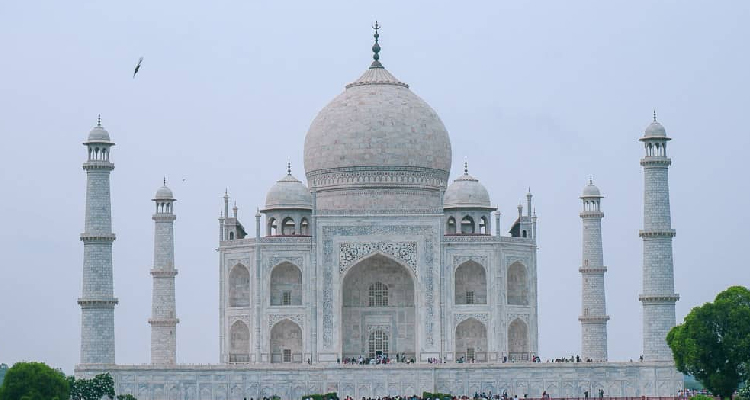
A Complete Guide to India Golden Triangle

How To Choose The Best Taxi Service in Jaipur for Sightseeing

The Ultimate Rajasthan Family Vacation: A Comprehensive Guide

Hawa Mahal: About, Time, History, Activities, Entry Fee

Chokhi Dhani Resort: About, Time, History, Activities, Entry Fee

JLF 2025: Jaipur Literature Festival, Dates, Lineup, Tickets
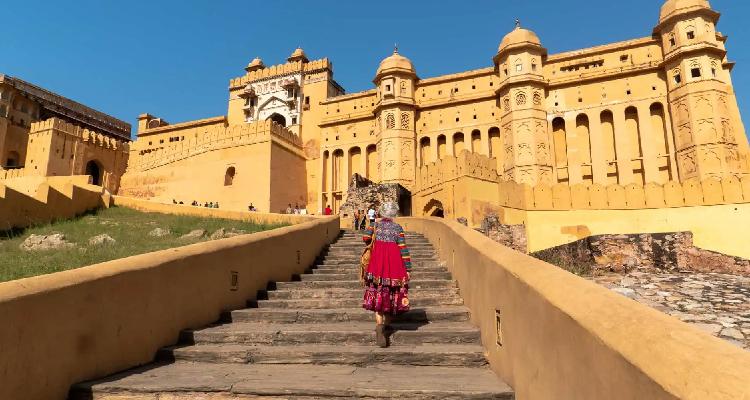
Planning a Rajasthan Family Adventure: Tips and Tricks

Jaipur Tour Guide
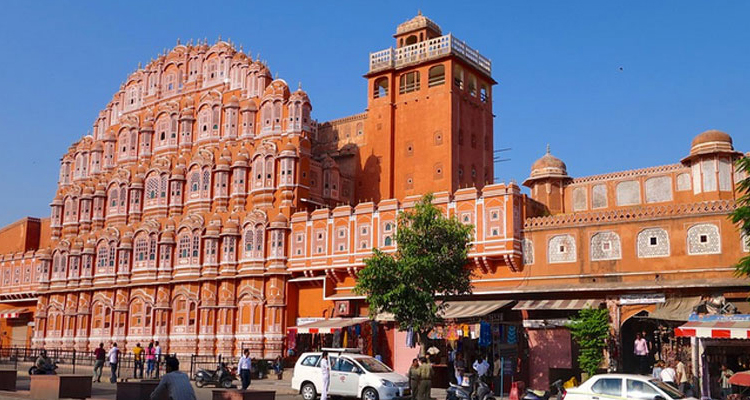
2 Days Jaipur Sightseeing Tour

Shopping Paradise: A Guide to the Vibrant Bazaars of Jaipur

Discover Rajasthan with Kids: Top Family-Friendly Destinations

Luxury Cars in Jaipur for That Special Occasion

Top 10 Popular Temples To Visit In Jaipur
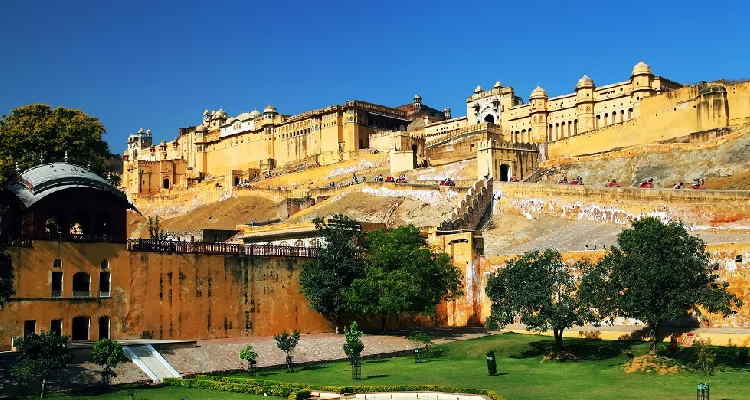
Rajasthan's Kid-Friendly Palaces and Forts: A Historical Adventure for the Family

Amber Fort: About, Time, History, Activities, Price

B2B Travel Company in Rajasthan
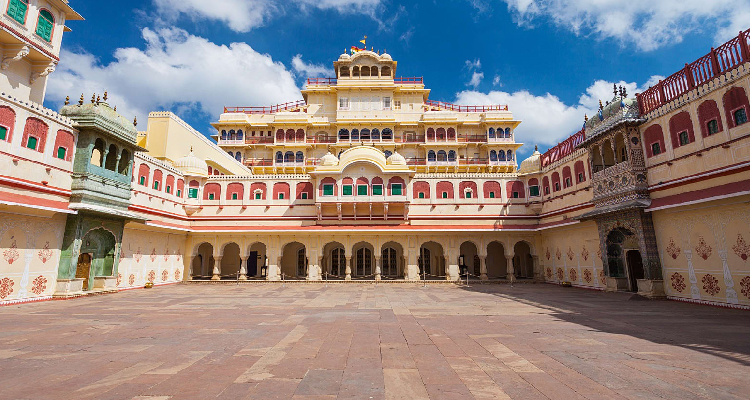
Unique Experiences to Enjoy in Jaipur

Family Fun in Jaipur: Exploring the Pink City with Children

Jaipur Shopping Guide: Best Things to buy and Shopping Places in Jaipur

Udaipur Unplugged: Family-Friendly Activities by the Lake

Jantar Mantar: About, History, Activities, Time, and Entry Fees

Wildlife Encounters in Rajasthan: A Family Safari in Ranthambore
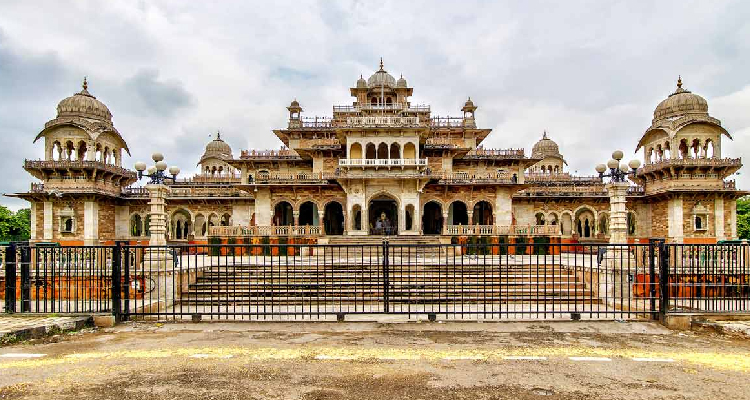
Albert Hall Museum: About, History, Activities, Time, and Entry Fee

Places to visit in Rajasthan

Top 7 Travel Destinations In Rajasthan For A Relaxing Trip In Winter 2022

Jaipur Food Tour

Rajasthan's Festivals for Families: Experiencing the Vibrant Culture Together

Jaipur Amber Fort: The Completer Tour Guide

Jaipur Tour By Tempo Traveller

Rajasthan's Royal Cuisine: Family Food Adventures

Exploring the Aravalli Hills: Family Trekking and Nature Walks

Amer Fort Light and Sound Show 2025

2 Days In Jaipur: Discover The Best Of Pink City In 48 Hrs

Hire Taxi in Jaipur

Jaipur Travel Guide: All You Need To Know For Planning Holiday in Jaipur
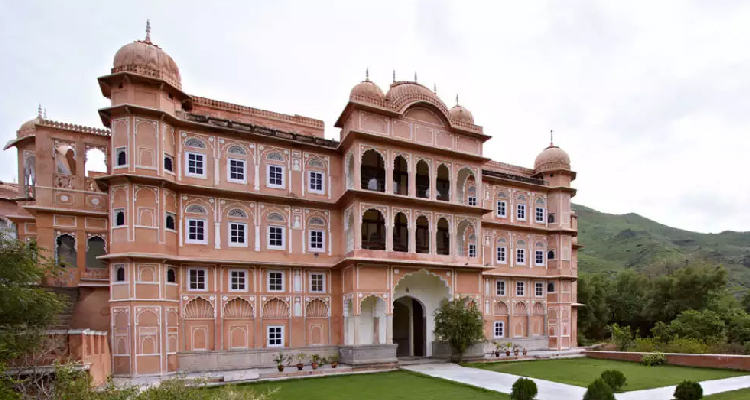
Heritage Hotels in Rajasthan: Unique Stays for the Whole Family
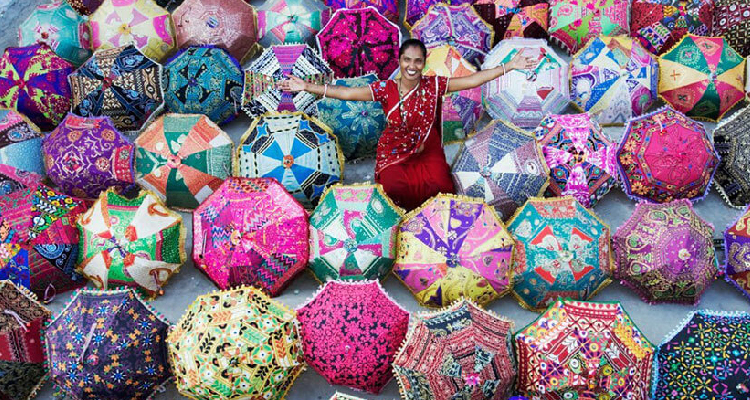
Crafting Memories: Family Art and Craft Experiences in Rajasthan
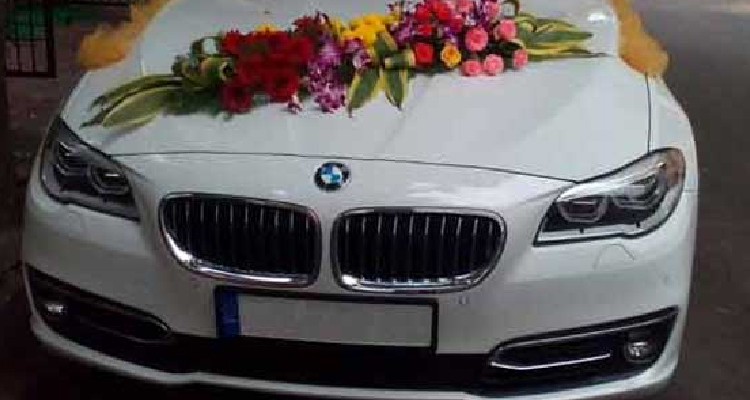
Wedding Car Rental in Jaipur

Top 10 Places to visit in Rajasthan in Winter
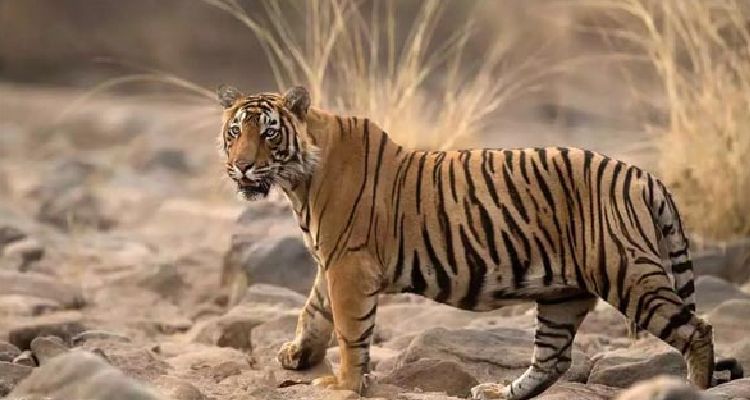
Discover These 5 Wildlife Sanctuaries Around Jaipur To Go On A Holiday Full Of Thrill!

Education Rajasthan Tour: An Ultimate Experience For Kids

Rajasthan Tour by Tempo Traveller

Hot Air Balloon Rides in Rajasthan: A Family Adventure in the Skies

Jaipur Airport Taxi

Golden Triangle Travel Guide
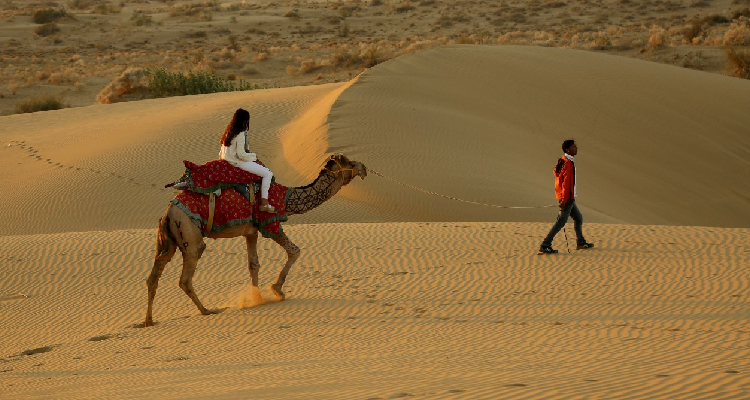
Camel Riding and Desert Camps: Family Adventures in the Thar Desert

Same-Day Tour to Jaipur

Shopping with the Family: Souvenirs and Local Markets in Rajasthan

7-Day Trip to Rajasthan

Festivals in Rajasthan

Rajasthan Luxury Tour by Car

Jaipur Like a Local: Experiencing the City Through Local Activities

Family Road Trip: Navigating Rajasthan's Scenic Routes

10 Luxury Stay in Rajasthan

Rajasthani Folk Tales: Storytelling Sessions for Children

Famous Foods of Rajasthan You Must Try on Your First Trip
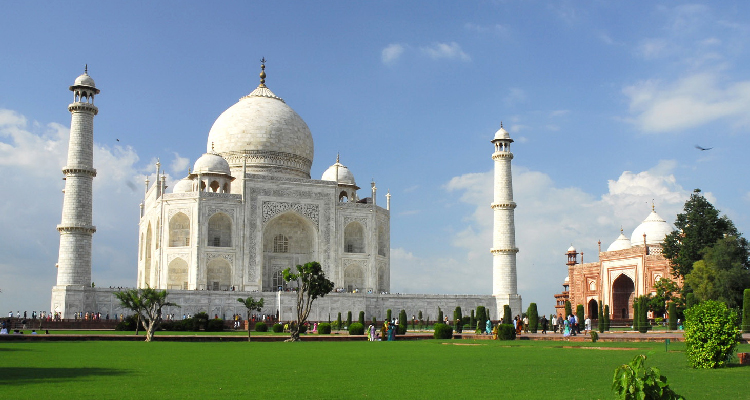
Places to visit On Golden Triangle Tour
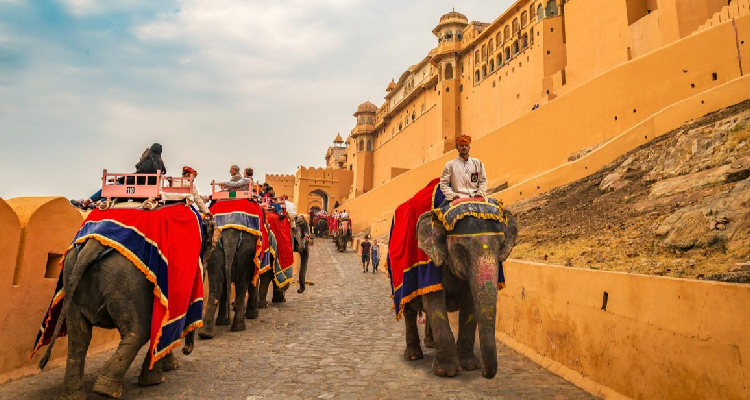
B2B Travel Company in Jaipur

How can I spend 3 days in Jaipur

How to Plan Your Rajasthan Tour

Jaipur Budget-Friendly Tour: The Best Way to Explore

Taxi in Jaipur

Unveiling the Pink City: A Historical Tour of Jaipur
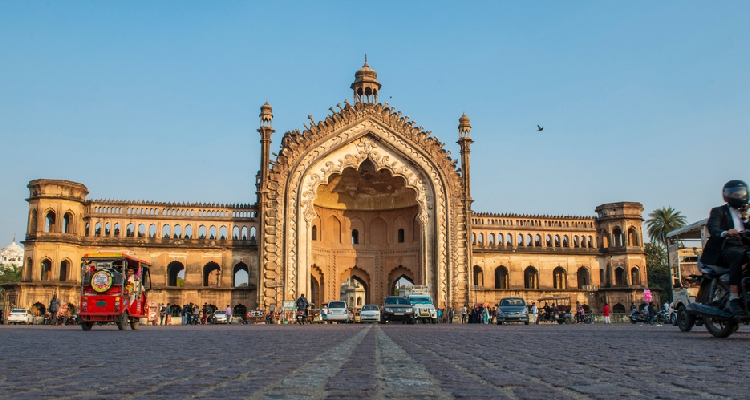
Places to visit in Ayodhya

Why is Jaipur known as Pink City

Taxi Services in Jaipur

Places to visit near Ayodhya
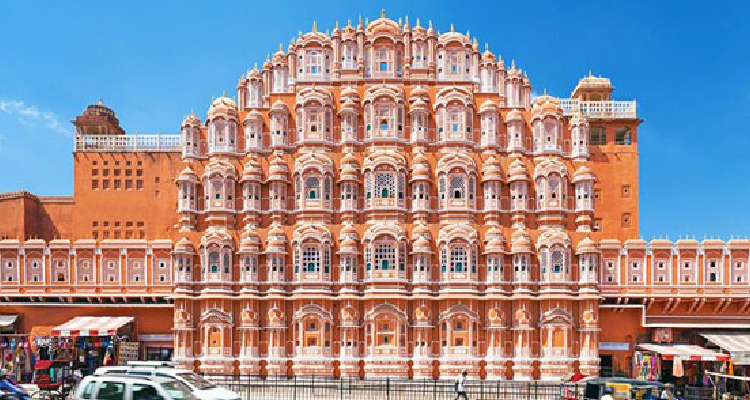
Attractive Places to Visit Near Jaipur in One Day

Timing & fees for visiting Jaipur monuments

Places to Visit in Jaipur in Winters
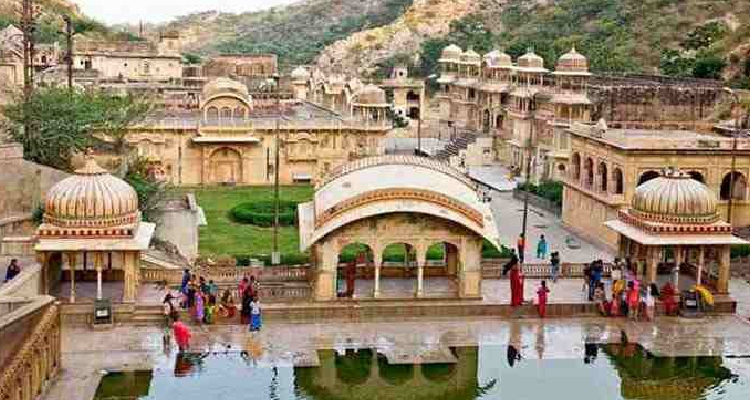
Jaipur Sightseeing Tour

Ayodhya Shopping Guide
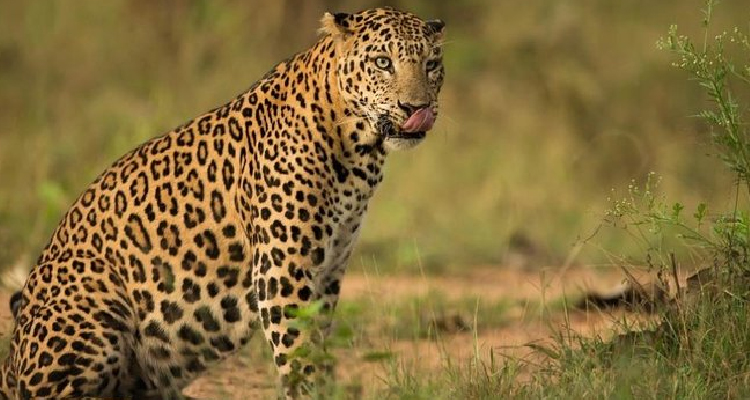
Jhalana Leopard Safari Price

Planning Your Golden Triangle Tour by Car
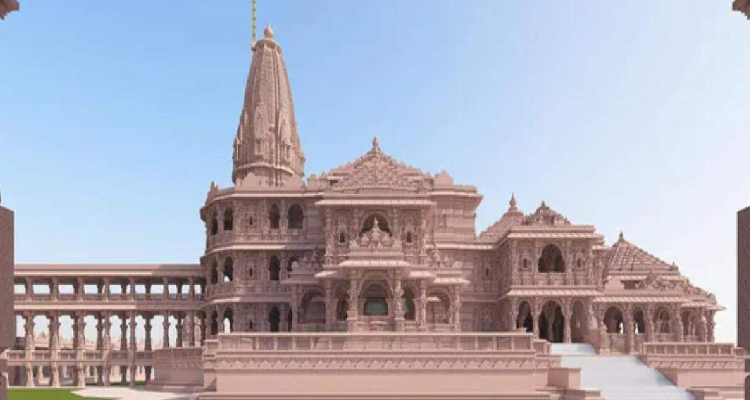
Ram Mandir Tour Guide (Ayodhya Tour Guide)

Rajasthan's Puppet Show and Folk Entertainment: A Delight for Kids

Jawai leopard Safari: Plan a memorable Wildlife Trip from Jaipur

Places to Visit Rajasthan in December
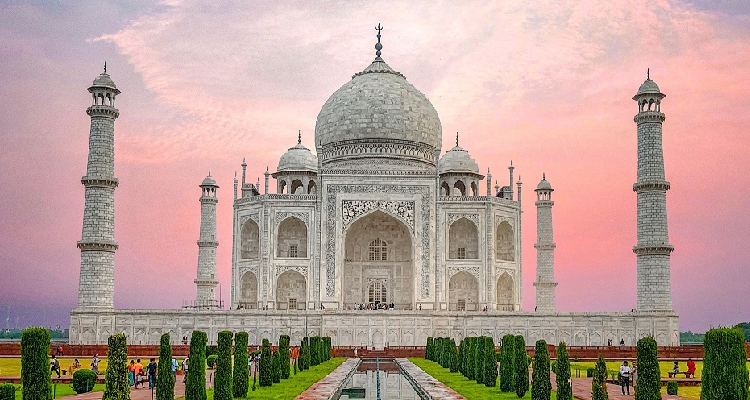
Taj Mahal Agra: Timings, History, Entry Fee, Images, Built by & Information
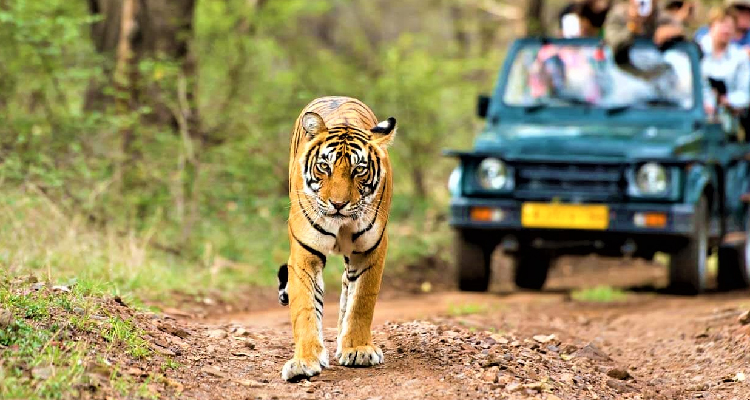
Best Wildlife Sanctuaries Around Jaipur

Tips to plan Jaipur Tour Packages
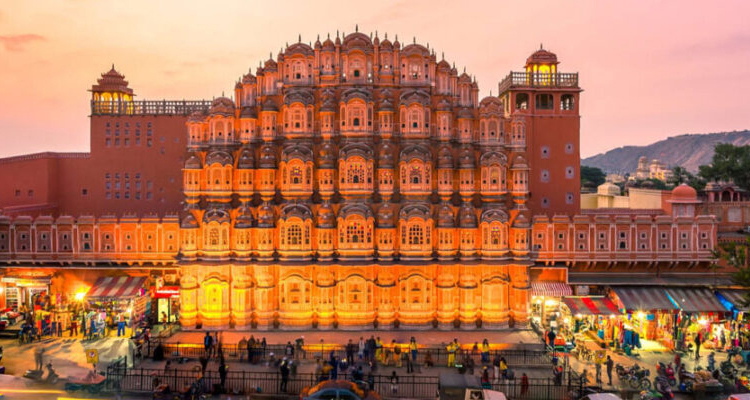
One Day Jaipur Local Sightseeing Tour Package by Car
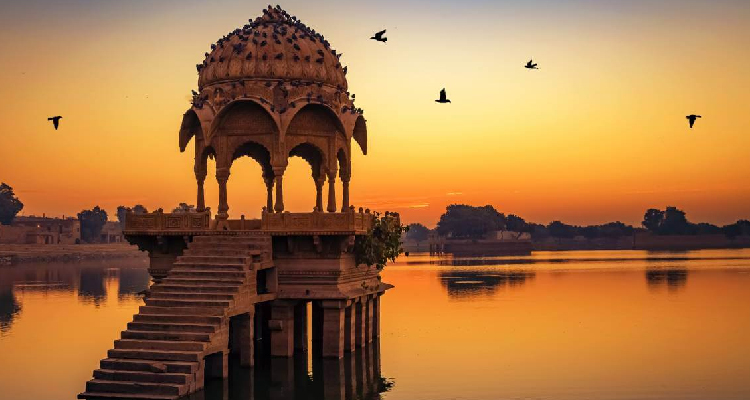
Most Popular Weekend Gateways From Jaipur

Chokhi Dhani Village Jaipur Package - Entry Fee, Timings 2023
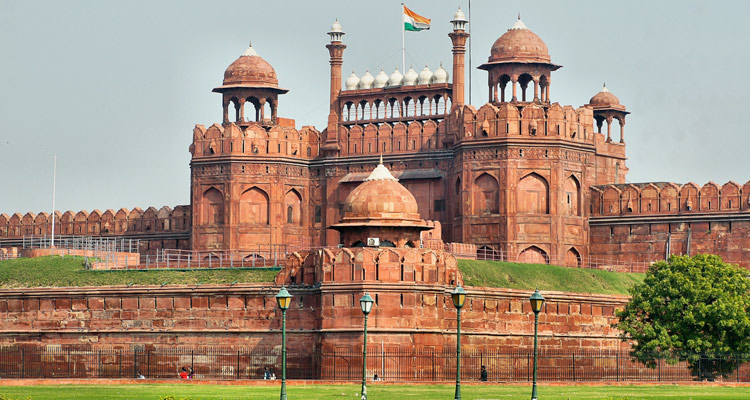
Red Fort / Lal Kila Delhi (Entry Fee, Timings, History, Built by, Images & Location

Best Honeymoon Destination in Rajasthan

10 Things To Do In Jaipur

Rajasthan Travel Guide: Places to visit, Best time to visit, How to reach, etc.
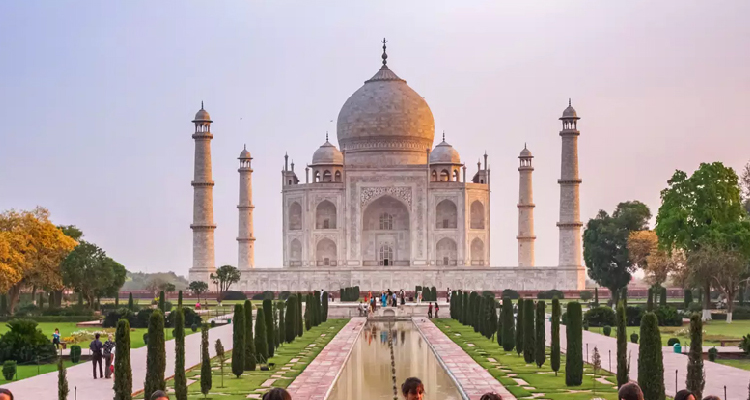
Jaipur Agra Same Day Tour

Best Time To Visit Jhalana Leopard Safari – Jaipur

Rajasthan Shopping Guide

7 Best Places To Visit Near Jaipur On A Same-Day Tour

How To Plan A Jaipur Trip?
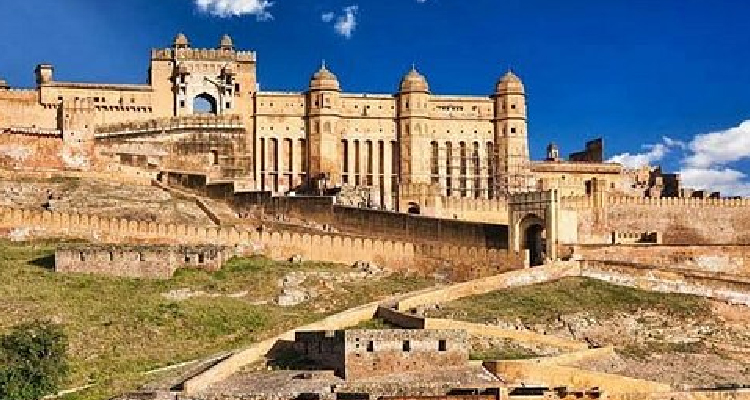
Top 68 Places to Visit in Jaipur
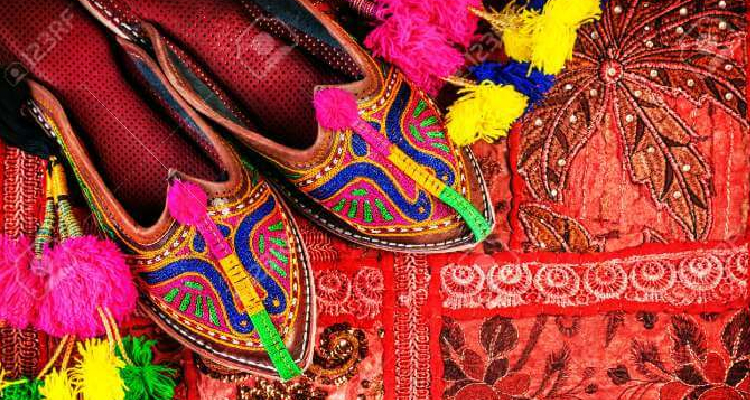
Best Shopping Places in Jaipur
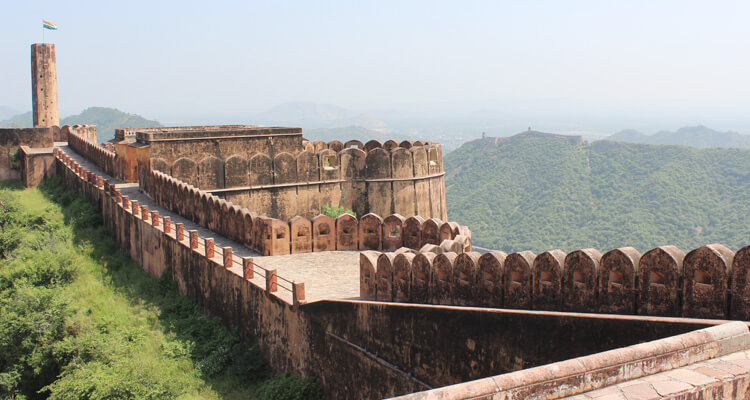
Jaigarh Fort, Jaipur (2024): Timings, Entry Fee, History
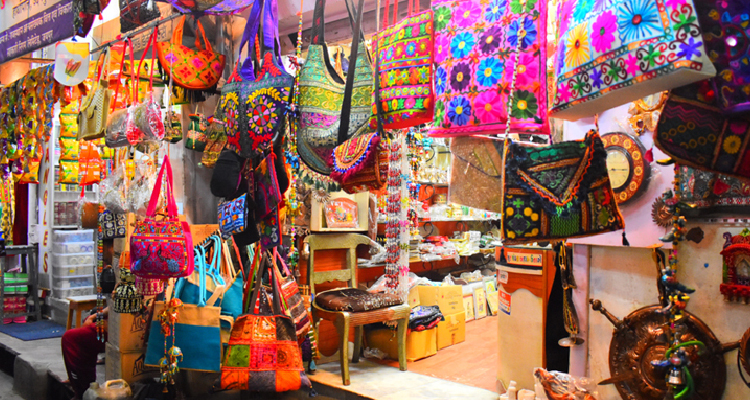
7 Things To Shop In The Jaipur Shopping Tour
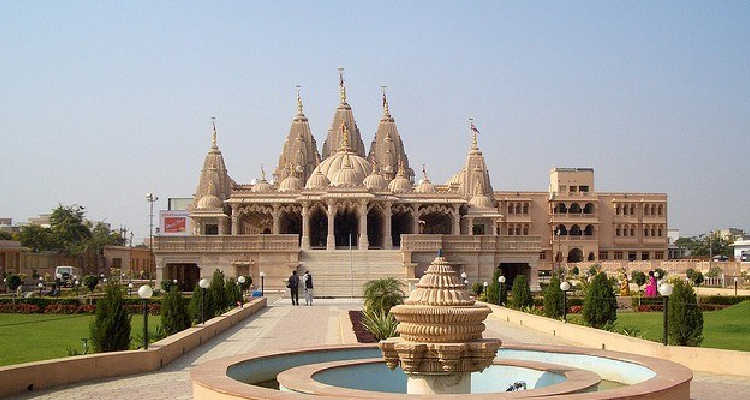
Akshardham Temple Jaipur

Luxury Car Rental in Jaipur
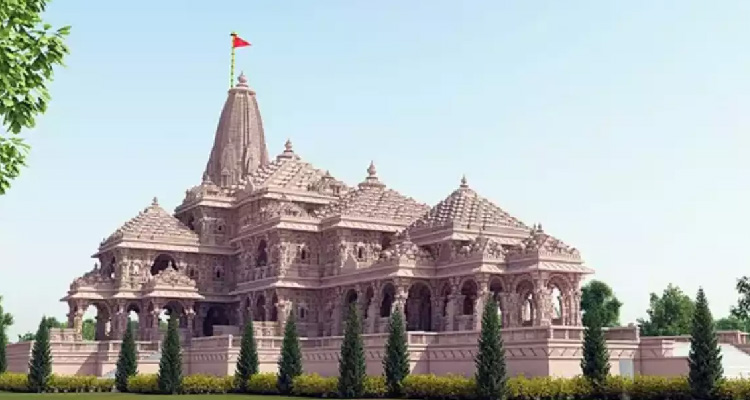
Architectural Marvels of Ayodhya: Heritage of Temples and Palaces

Planning Your Ayodhya Expedition: Travel Tips and Local Insights
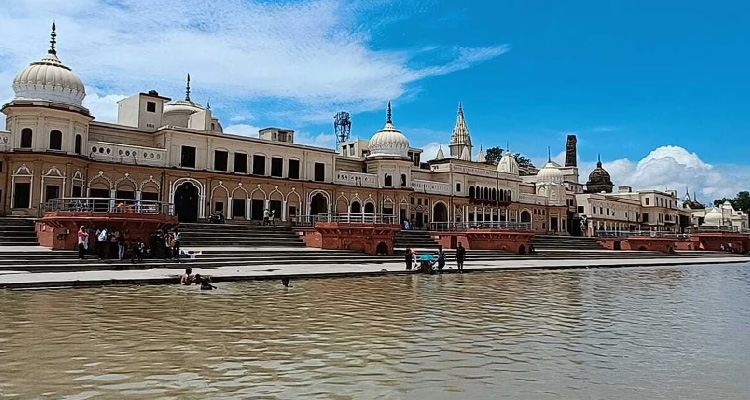
Heritage Walk: Unveiling Ayodhya's Historical Treasures

Exploring Ayodhya Beyond the Ram Mandir: Hidden Gems and Local Delights
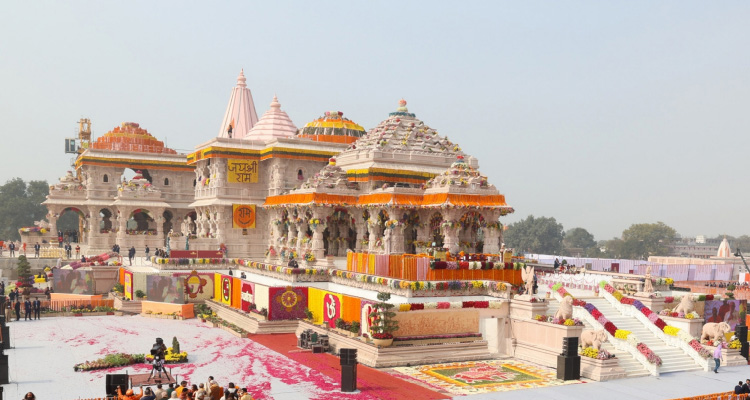
Things to do in Ayodhya

Call Our Customer Care Executive. We Are Available 24x7 Just Dial.
91-9166497735